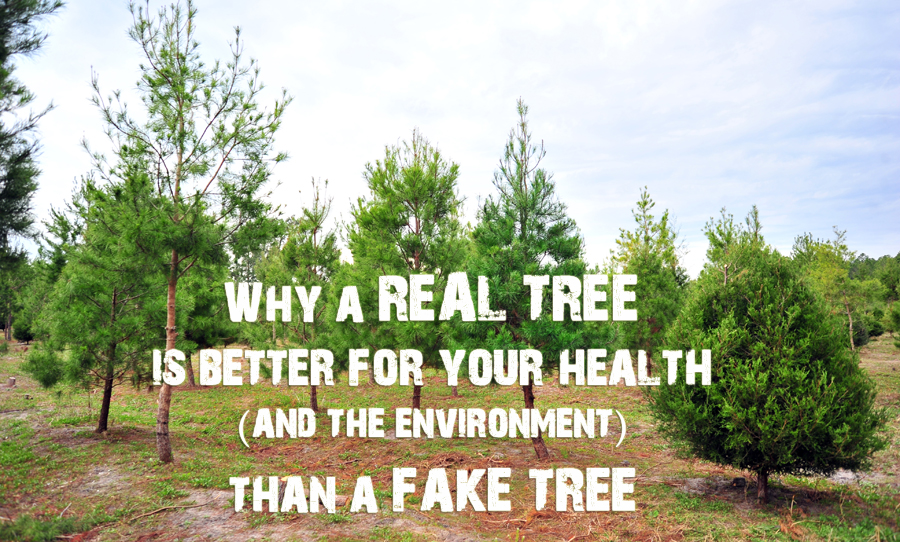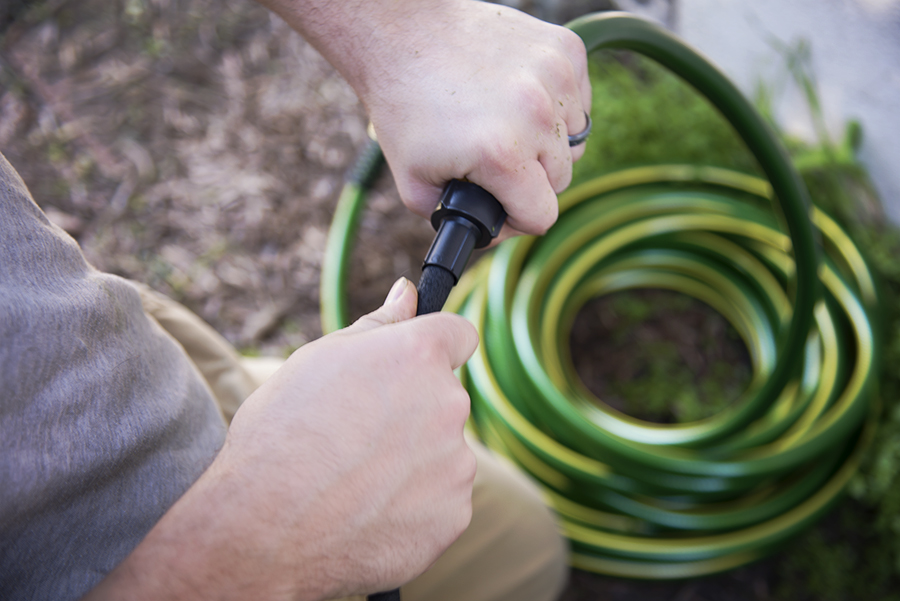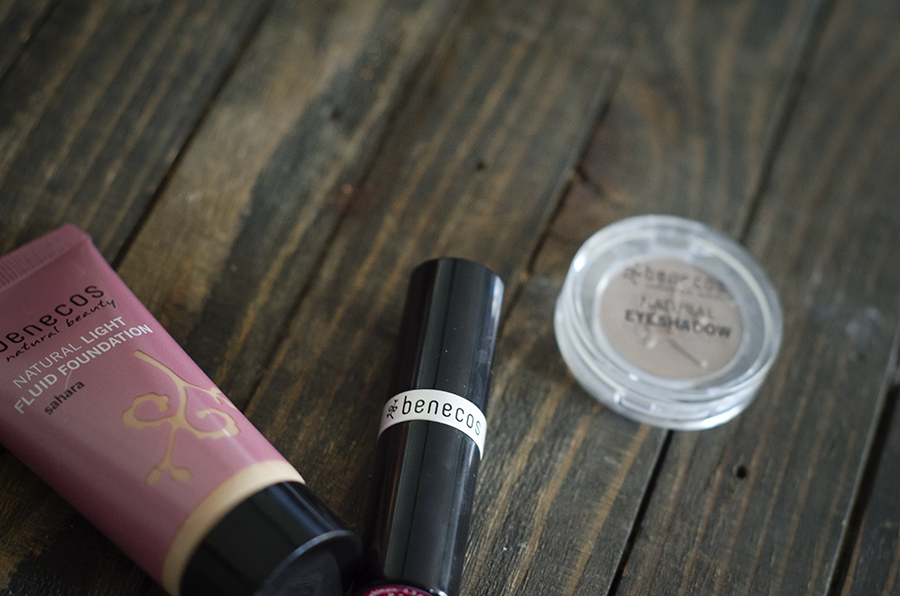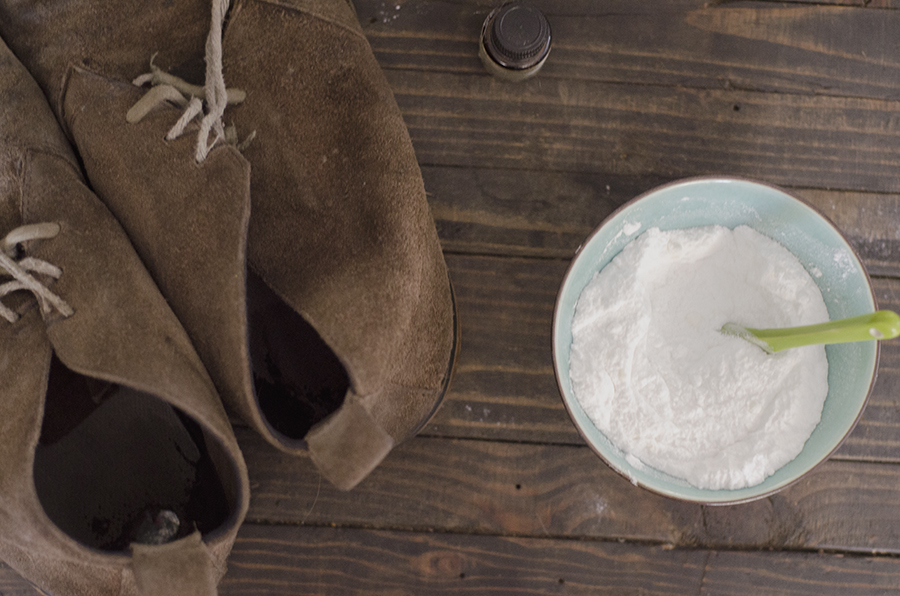Just like Team Jacob / Team Edward, Team Real Tree and Team Fake Tree polarize our nation each December. The battle is as old as time.. well, as old as the 19th century when the first artificial Christmas tree was produced in Germany, at any rate.
Jonathan and I are firmly in Team Real Tree, and this year we have a real cedar tree we brought home from a local Christmas Tree Farm. While I personally don’t give a rip which way you sway, for those of you who are interested in reducing toxins in your home, living healthy and being good to Planet Earth, I’ve got some news for you:
Evidence is mounting that the best way to minimize environmental impact and boost your health, is to ditch the plastic and purchase a real live tree.
Fake Trees Contain Toxins
Almost without exception, fake trees are made of polyvinyl chloride (PVC). If this sounds familiar, it’s because it’s been a source of household concern for some years now. Why? Because numerous toxins (including lead) have been found in household PVC.
Before PVC can be made into finished products, it always requires conversion into a compound by the incorporation of additives such as heat stabilizers, UV stabilizers, lubricants, plasticizers, processing aids, impact modifiers, thermal modifiers, fillers, flame retardants, biocides, blowing agents and smoke suppressors, and, optionally pigments. A lot of these elements are ultimately harmless in their finished form, but not all are. And unfortunately, artificial trees don’t come with an ingredients list.
According to a report in the Journal of Environmental Health, lead levels are higher in older artificial trees, although many newer trees still sport lead in levels that are a legitimate concern. If you are concerned about lead in your children’s toys, do you really want your kiddos hanging around the lead-tainted branches of your fake Christmas tree?
Children under the age of 6 years old are most at risk for lead poisoning, because they are growing so rapidly and have fragile systems, and because they tend to put their hands, which may be contaminated with lead dust, into their mouths.
Lead exposure, even in small quantities, can wreak havoc on the central nervous system, kidneys, and other organs. The CDC urges families to give their children a lead-free environment. So this alone is sufficient for me to skip the plastic tree.
Real Trees Are Better For the Environment
But, but, but… doesn’t killing live trees hurt the environment?!
Relax! The experts at Grist and TreeHugger say it’s actually better to buy a real Christmas tree than an artificial tree. Why? It all comes back to those pesky plastics. As we already covered, fake trees are made of polyvinyl chloride. Producing this type of plastic creates a lot of pollution, and PVC is difficult to recycle.
Meanwhile, real trees are biodegradable, which means they can be recycled or composted. When you get down to it, farmed Christmas trees are ultimately a renewable resource. Growing trees absorb carbon dioxide, and just one acre of Christmas trees produces the daily oxygen requirement for 18 people.. and with approximately one million acres producing Christmas trees in the United States, the live Christmas tree trade is an environmentally friendly force to be reckoned with. And since most trees are farmed from local sources, you’re supporting a healthy local economy. (Over 85% of artificial trees are sourced from China.)
Health Benefits of Real Trees In The Home
Even when (freshly) cut, real trees absorb odors and pollutant gases (nitrogen oxides, ammonia, sulfur dioxide and ozone) and filter particulates out of the air by trapping them on their leaves and bark. It’s like adding an extra air purifier to your home in December.
Additionally, exposure to real greenery in the home has been proven to be therapeutic. Adding plants to hospital rooms speeds recovery rates of surgical patients, according to researchers at Kansas State University. Compared to patients in rooms without plants, patients in rooms with plants request less pain medication, have lower heart rates and blood pressure, experience less fatigue and anxiety, and are released from the hospital sooner.
The Dutch Product Board for Horticulture commissioned a workplace study that discovered that adding plants to office settings decreases fatigue, colds, headaches, coughs, sore throats and flu-like symptoms. In another study by the Agricultural University of Norway, sickness rates fell by more than 60 percent in offices with plants.
A study at The Royal College of Agriculture in Circencester, England, found that students demonstrate 70 percent greater attentiveness when they’re taught in rooms containing plants. In the same study, attendance was also higher for lectures given in classrooms with plants.
Health benefits aside.. a real Christmas tree just smells better!
Aromatherapy Benefits of Real Trees
The two common varieties of real Christmas trees are pine and cedar. Check out the aromatherapy benefits of each:
Pine –
The health benefits of pine include its ability to protect against sinus infections, clear mucus and phlegm, cure skin conditions like eczema and psoriasis, boost the immune system, fight fungal and viral infections, stimulate the mind and body, and protecting your home and body from a wide variety of germs.
Cedar –
Cedar has an earthy aroma that is soothing and grounding. The nervous system also benefits from cedar – it is great for nervous tension, stress and anxiety. Cedar is often used in meditation and for those suffering from ADHD. Cedar also aids with hypertension (high blood pressure) and insomnia. Cedar can also be used for respiratory conditions, such as coughs, congestion and bronchitis. Cedar is also used for its ability to repel moths, ants, fleas and other insects.
So weigh in! What team are you on? Team Real Tree or Team Fake Tree and why?






Team real tree all the way! Maybe it’s just because I grew up with the genuine article every year, but I have always thought that fake trees were so… well, fake. My parents tried the fake thing once but it just didn’t feel like Christmas.
Well well well! Look who decided to FINALLY visit my blog? After.. what?… over SIX MONTHS of my blogging?!
Some times it become necessary to environment to take care of your life. But some times you need to be attentive to get infected, because some times these tree can affect your skin.